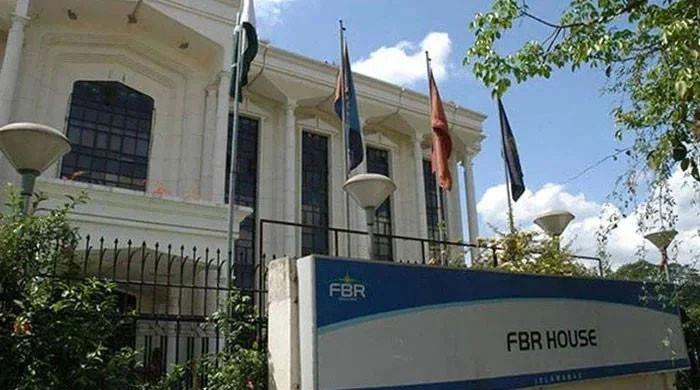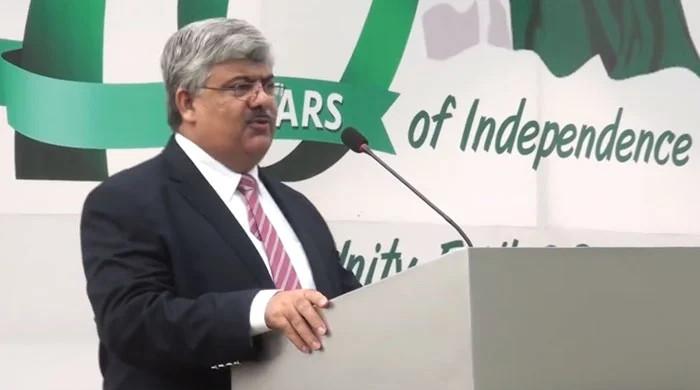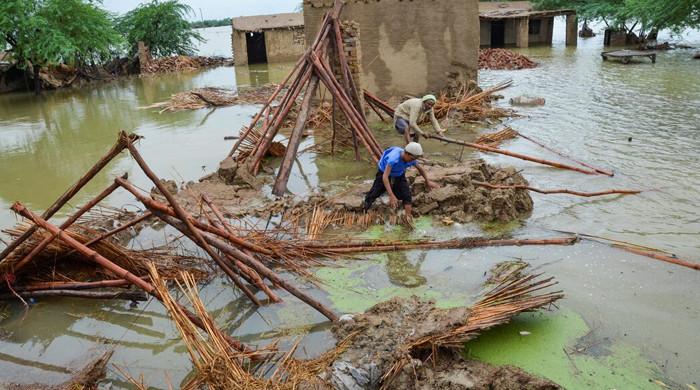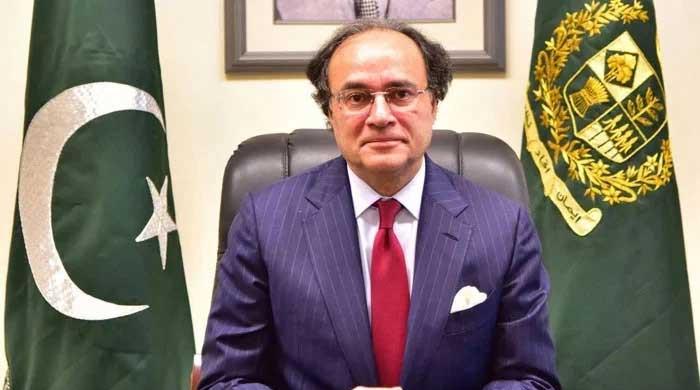National fiscal pact: IMF asks provinces for timeline on HEC, BISP funding contribution
NFP was signed by Centre and four provinces just ahead of getting approval from IMF’s Executive Board
November 15, 2024
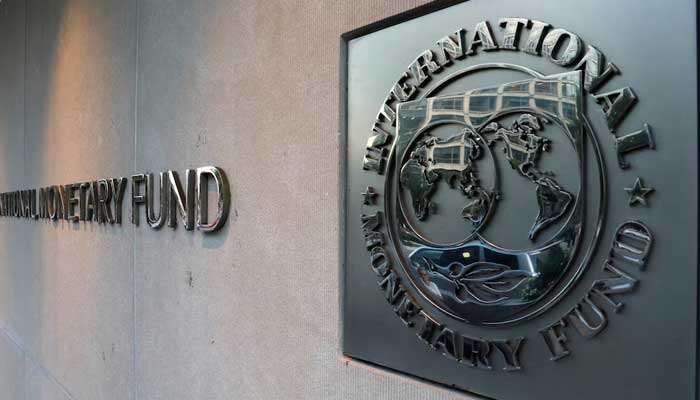
- IMF mission may conclude parleys with Pakistani authorities today.
- Fund may prefer to issue press statement at conclusion of talks.
- Lender seeks progress on six key revenue generation points.
ISLAMABAD: Amid concerns raised over failure of the federating units, especially Punjab, to generate the desired revenue surplus, the International Monetary Fund (IMF) mission sought exact timelines from provinces for their contributions to spending on the higher education and Benazir Income Support Programme (BISP) programme for curtailing expenditures.
The National Fiscal Pact (NFP) was signed by the Centre and four provinces just ahead of getting approval from the IMF’s Executive Board under $7 billion Extended Fund Facility (EFF) as five governments agreed upon a fiscal framework for raising revenues, sharing expenditures and improving governance.
The visiting IMF mission continued deliberations with Pakistani authorities here on Thursday and they were now heading towards the conclusion with the expectation that both sides would conclude parleys on Friday (today).
It is expected that the IMF may prefer to issue a press statement at the conclusion of five days of talks, starting from November 11 and concluding on November 15.
The IMF reviewed progress on Public Investment Management (PIMA) and Climate-PIMA on Wednesday night and Thursday morning as Islamabad already requested for additional $1 billion in funding from the IMF under Climate Finance for augmentation of loans from $7 to $8 billion.
Under C-PIMA, the government will produce a report detailing the outcomes of our review of all investment projects in the Public Sector Development Program (PSDP) by December 2024.
The findings from this review will enable streamlining of the PSDP pipeline by developing a prioritisation mechanism for existing projects, identifying those suitable for capping or cancellation.
Moreover, to enhance its project selection framework, the government would publish on the website the criteria for the project selection including a scorecard, detailing the weight assigned to each criterion and the methodology for calculating the score, along with an annual limit on the total size of new projects entering the PSDP portfolio by end-January 2025 Structural Benchmark (SB).
The IMF raised serious concerns over the failure of the provinces to generate an agreed revenue surplus during the first quarter of the current fiscal year. Against the target of Rs342 billion, the target of revenue surplus met with failure with slippages of Rs160 billion during the first three months of the current fiscal year.
The IMF sought progress on six key revenue generation points as all the provinces agreed to amend the Agricultural Income Tax (AIT) regimes to fully align them, through necessary legislative changes, with Federal Personal Income (small farmers) and Corporate Income (Commercial Agriculture) tax regimes by end-October 2024 and begin taxation of agricultural income under this new regime from January 1, 2025, with collection for second half of FY2024-25 agricultural income in July 2025.
Secondly, the provinces will ensure transition of the services GST from a positive list to a negative list approach to combat tax evasion to take effect from the start of FY2025-26.
Thirdly, they aim to collectively raise revenues from corporate tax in agriculture and GST on services combined with provincial tax efforts in expanding additional areas of revenue collection. Fourthly, they will develop, implement, and collect revenue under a common approach to property taxation. Fifthly, all provinces will implement the necessary administrative reforms to narrow the tax compliance gap, including for the GST.
Sixthly, the provinces would agree that the National Tax Council’s terms of reference would be expanded to include the design of the relevant tax measures including property tax, and the necessary legal and administrative changes to implement them.
For spending measures, the provinces agreed upon key points as provinces would provide additional contributions for higher education to the federal government supported initiatives of the Higher Education Commission (HEC) federal and provincial governments would gradually rebuild spending on health and education programmes as a share of GDP.
The federal government, in consultation with provincial governments, would examine social protection programmes rolled out/planned by the provincial governments and the BISP respectively, to identify overlapping programmes and fiscal allocations, and take fiscally prudent measures accordingly, in ways which strengthen and improve generosity and coverage of social protection.
Provinces will cover all of PSDP spending, which benefits solely one province and any spending by the federal government in areas allocated to provinces in the 18th Amendment as per the decision of the National Economic Council (NEC), with certain exceptions to be determined by NEC based on well-defined criteria.
Provinces should discontinue announcing support prices (for raw commodities) and also discontinue procurement operations. The federal government should reduce its footprint in line with the 18th Amendment. If needed, matters requiring federal and provincial consensus and coordination may be referred to the forum of the Council of Common Interests (CCI) or NEC.
The IMF asks all provinces to implement the National Fiscal Pact in letter and spirit. The provinces in return demanded the IMF that there should be a policy dealing with the revenue surplus instead of just posting numbers to show improved fiscal numbers at the federal level.
Originally published in The News




